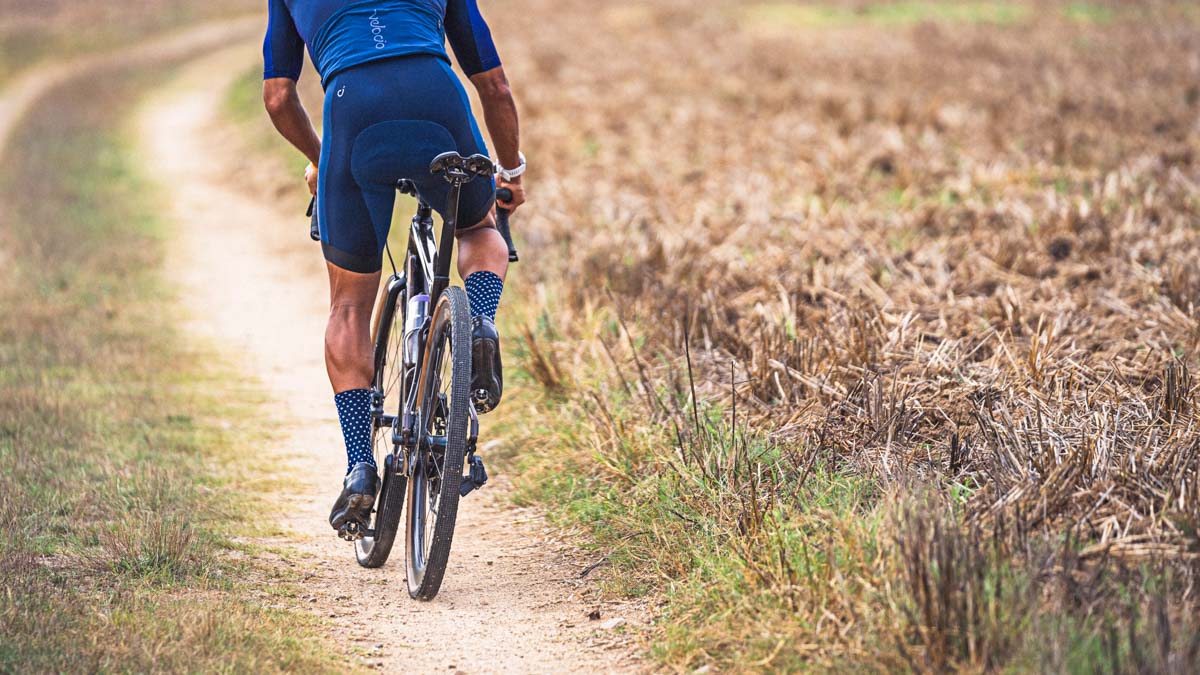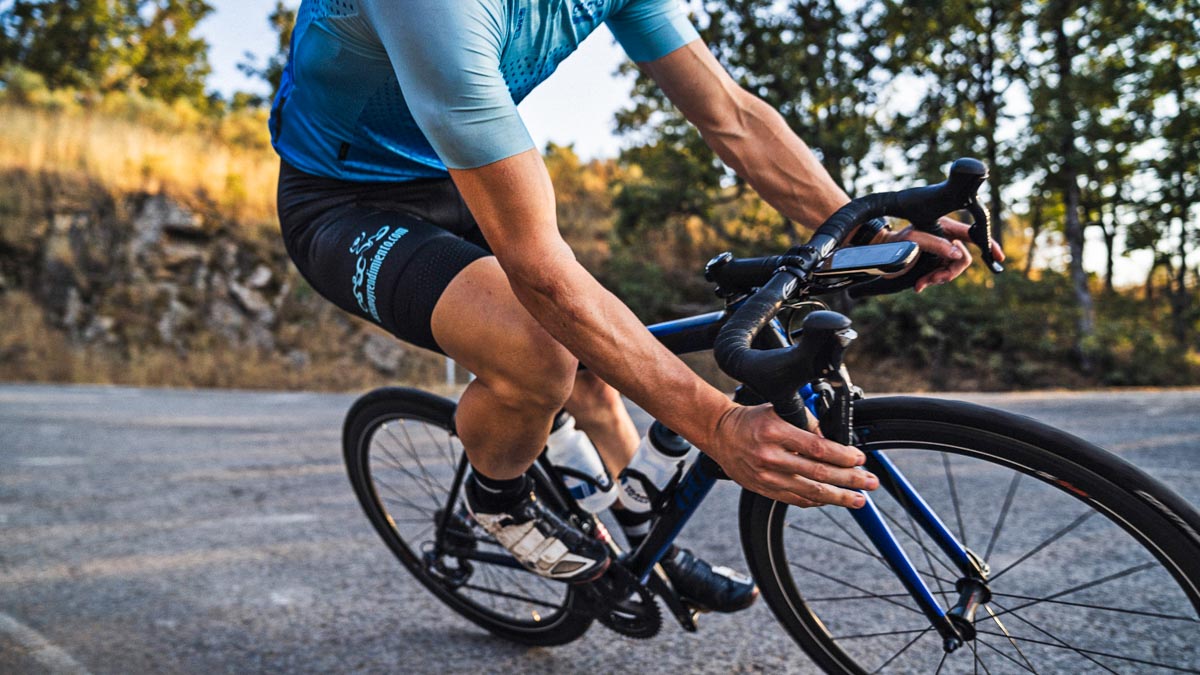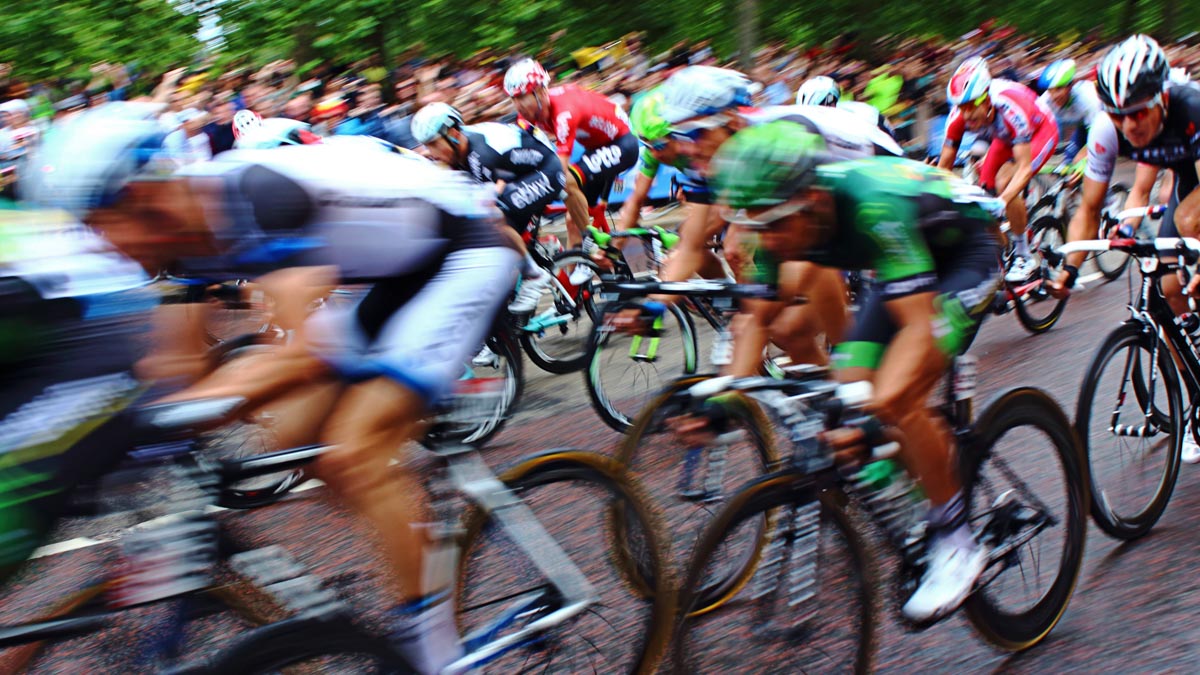Are your triathletes looking for a new challenge or a safer alternative in their cycling training? If so, gravel riding may be the answer.
Not only does it present a new adventure for athletes, it also can be a challenging addition to triathlon training.
A safer alternative to road cycling, gravel riding will help your athletes improve their bike handling skills as they tackle rough terrain. It is also a great way to improve upper-body strength and sharpen your athletes’ mental focus.
Discover all the benefits of incorporating gravel sessions into your triathlon training plans below.
A Fun and New Challenge
Let’s start with it’s just plain fun! Out on the dirt, away from cars and road debris, it’s quiet and peaceful. Your athletes have the opportunity to take in the beautiful scenery on roads their TT bike cannot handle.
Drilling in aero bars week after week gets monotonous and is not necessary until they are in race-specific prep.
Gravel riding is also a great way to explore your community from a different perspective and ride with new people.
It’s a Safer Alternative to Road Cycling
Bike accidents with cars are on the rise, leading to more trainer rides. Add gravel to that list for a safer alternative.
No cars, and the only risk out there is operator error.
It takes different skills to navigate rocks, debris, etc. Make sure your athletes take it slow and not be afraid to walk through a technical section, and then hop back on. They should be relaxed and enjoy the new terrain.
Gravel Biking Improves Bike Handling Skills
Most triathletes can use some improvement on bike handling skills. Navigating gravel and dirt forces the athlete to learn how to maneuver and react quickly and pay attention to surroundings.
The terrain is never the same in this sport. The gravel route they rode last week may be completely different because of rain, so it keeps them on their toes and makes each ride its own unique challenge.
It forces quick gear changes to adjust to undulating terrain. Sitting in the wrong gear will cause the athlete to get off and walk.
Descending skills are very different in the dirt. Requiring the athlete to be out of the saddle with weight back helps them understand how the body works with the bike.
Raise Fitness with Gravel Biking
With unpredictable terrain and steep pitches, gravel riding is the opposite of steady-state TT riding. The terrain controls the efforts versus the athlete.
The athlete is often forced out of the saddle to push maximum efforts to get up a steep incline, V02 Max efforts, mixed throughout the ride.
Riding the dirt takes more mental focus, thus adding additional difficulty to the ride. Athletes also have sore arms and hands, adding strength to the upper body with long gravel rides.
Forces Athletes to Let Go of Expectations
Mile per hour does not translate from road to gravel. Dirt is slow.
It’s good to let go of pacing goals and ride for time. This is good for Type A athletes who need to know the time, distance and pacing for all workouts. Gravel is constantly changing and forces flexibility in athletes who are used to controlling the ride.







